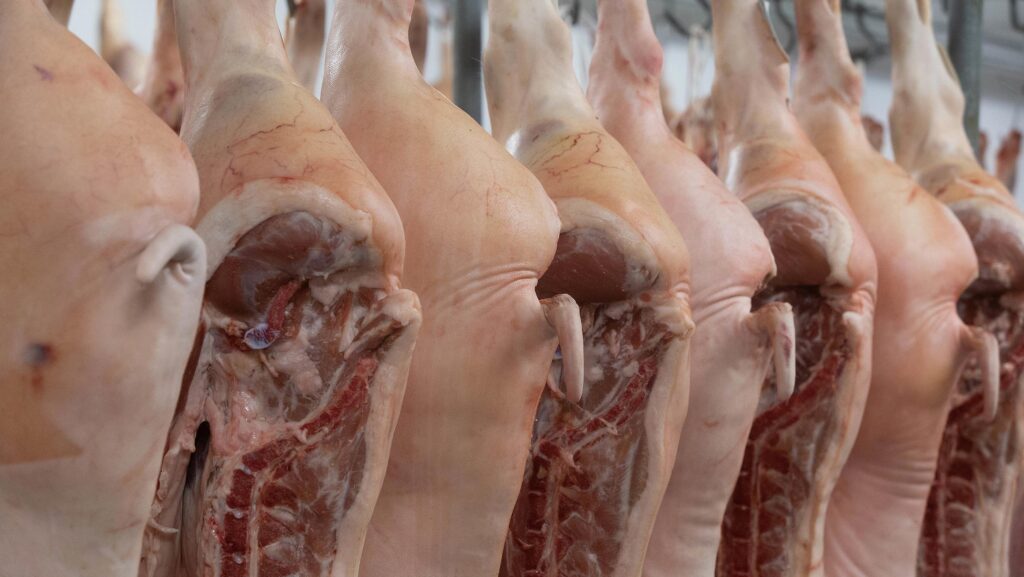Animal Welfare Committee seeks end to CO2 stunning of pigs
 ©Tim Scrivener
©Tim Scrivener The use of carbon dioxide as a method of stunning pigs could be banned in the next five years if Defra decides to follow recommendations made by an independent advisory body.
This would require a major shift by the pork sector, with a survey carried out by the Food Standards Agency in 2024 finding that 90% of pigs were stunned using high-concentration carbon dioxide.
The Animal Welfare Committee, which provides advice to Defra, and the Scottish and Welsh governments, has concluded that high-concentration carbon dioxide stunning may cause respiratory distress to pigs.
See also: AHDB aims to stimulate demand in lacklustre pig market
It deemed other inert gases, such as argon and nitrogen, to be significantly less aversive to pigs than carbon dioxide.
But suggested that as they do not render the animals near-instantaneously unconscious, some possible welfare harm remained.
Meanwhile, electric stunning was found to result in near instant unconsciousness without pain or suffering.
A penetrating captive bolt device – which is not routinely used in the UK, but may be deployed as a back-up – was also identified to be an effective method for inducing immediate unconsciousness in pigs.
A report published by the advisory group recommended to Defra that high-concentration carbon dioxide should be prohibited as a method of stunning pigs in order to prevent animals “experiencing avoidable pain, distress or suffering” at point of slaughter.
It also suggested carbon dioxide should not be mixed with other inert gases as a method of slaughter.
Lizzie Wilson, chief executive of the National Pig Association (NPA), said: “The NPA acknowledges concerns that the slaughter of pigs could and should be more humane.
“And we are part of a UK pig sector group which is committed to exploring alternatives and finding a solution that can deliver on animal welfare at the time of stunning and slaughter.
“Any new approach must be commercially viable, to ensure uptake, to ensure quality of meat, and to prevent any unintended consequences for welfare.
“For example, throughput capacity must be sufficient to ensure that pigs are not held on farm or in lairage for longer than necessary.
“We have awaited the outcomes of the AWC report with interest.
“And while it has delivered a comprehensive investigation into the welfare aspect of this issue, unfortunately there is still no conclusive ‘best’ alternative due to issues with throughput capacity, meat quality and cost.
“The UK pig industry must now work together to decide how we go forward.”
